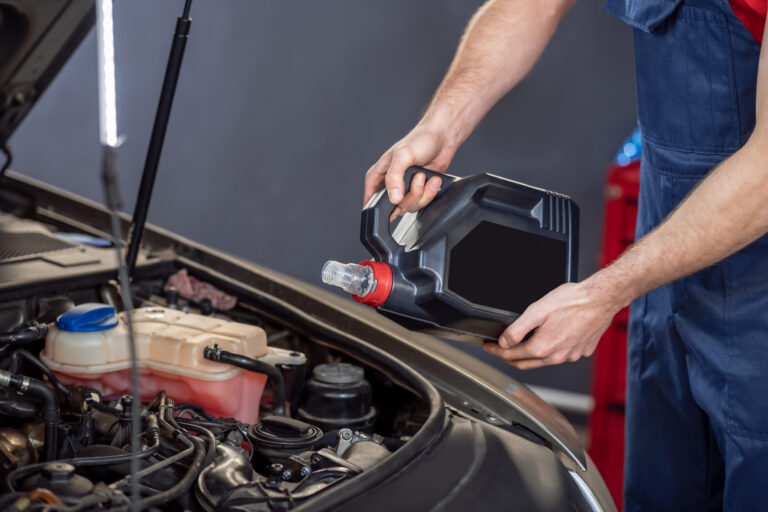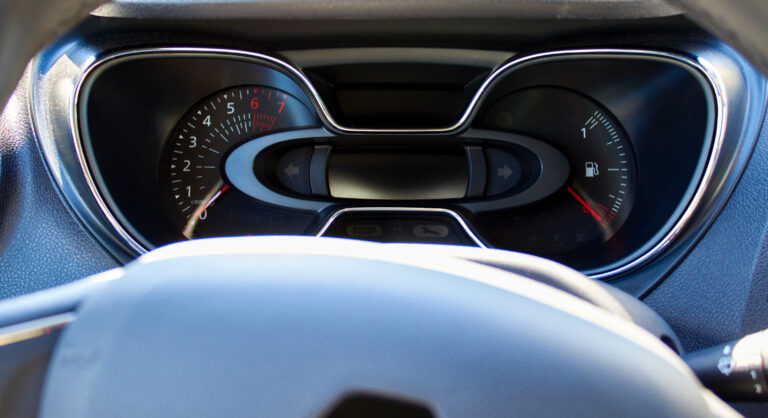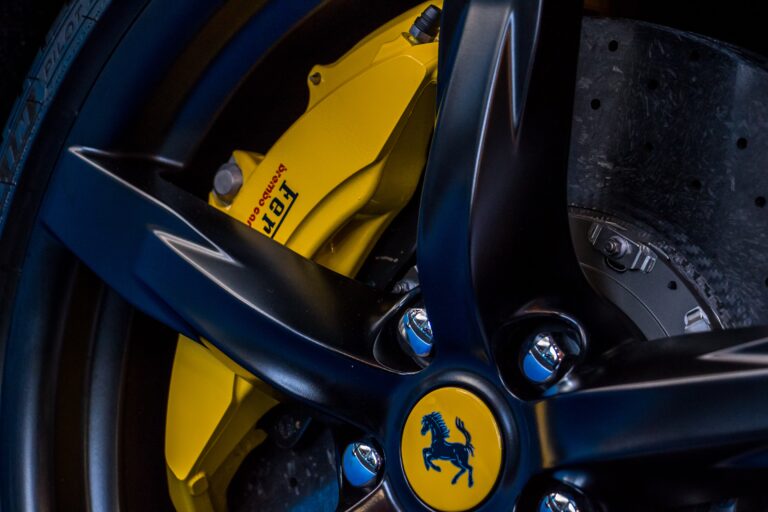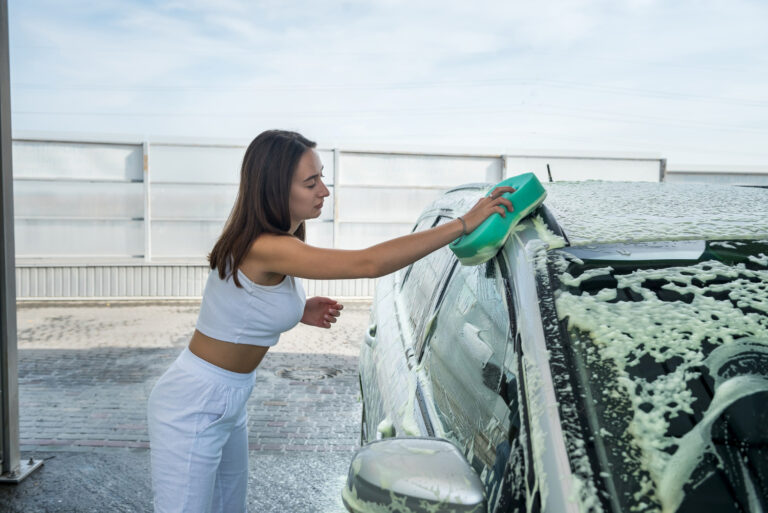Looking cool is excellent, as well as being awesome is better. Cars and truck home window tinting can obtain you as well as your flight a little closer to both. Nevertheless, reducing the quantity of light that comes through your cars and truck home windows– especially your front windscreen– defeats the purpose of using glass in the first place. While home window tinting might not be as big of a deal on side windows, legislations differ by the state on the level of tint you can use on your front windshield.
Visible light passage (VLT) as well as compounding tint
Home window tint is rated in Visible Light Transmittance, which determines the amount of light that makes it from beyond the home window to within the vehicle. A regular light tint permits 70 percent of the light in. A tool tint is about 20 percent, and a super-dark “limousine tint” allows only around 5 percent of light via. Legitimately compliant VLT scores vary from one state to another, with the strictest states requiring 70 percent of the morning to make it with the glass.
When choosing a lawfully certified color, remember that many modern-day lorries include glass colored or colored from the manufacturing facility. This factory color compounds with any tint you place on top. If your vehicle features a windshield tinted at 80 percent VLT and you put a 20 percent tint on top of that, you end up with a final VLT rating of 16 percent. To locate your total tint, multiply the percentages by the various others.80 x 0.20 =.16 = 16 percent. Factory color generally won’t be any lower than 70 percent VLT, yet any amount has to be accounted for when you buy aftermarket tint.
The AS1 line
In nearly all instances, no aftermarket color is allowed listed below the front windshield’s AS1 line. If you look very closely beside your windscreen regarding 5 or 6 inches from the top, you need to see some inbounds marker or line engraved in it. It could also state “AS1” or “AS-1” in a small manuscript. If you can’t find the AS1 line, flip your sun visors down up until they touch the windscreen. The bottom side of the sunlight visor generally notes the AS1 line. If you do not see a mark of some kind on the windshield, don’t think anything. Enter contact your automobile supplier to learn for sure.
State home window tint legislations
No matter where your AS1 line is, you still need to understand the color legislations in your state. There’s no Federal judgment on windshield window color. It’s all dealt with a condition by state, and color restrictions can vary substantially from one to the next. Most states permit darker tints on your windshield, as long as the dye is above the windscreen’s AS1 line. In several states, the AS1 line does not matter at all. The tint might only expand 4 to 6 inches from the top of the windshield, though it can commonly still be as dark as you such as. Some states don’t permit any color of any darkness or type on the windscreen at all. Others need a clinical exemption for complete and even partial windshield tinting. Just two states– Ohio and North Dakota– permit you to tint the entire windshield, yet it needs to be 70 percent or lighter. Has the windshield’s light transmission been checked before purchasing color if your automobile was initially marketed in either of these states? It might have originated from the production facility or dealer with tinted glass or the darkest permitted aftermarket color.
No matter where you live, learn your state’s specific color legislations before thinking anything. Sites like the AAA put together offer much more transparency to your state’s window color legislation.







